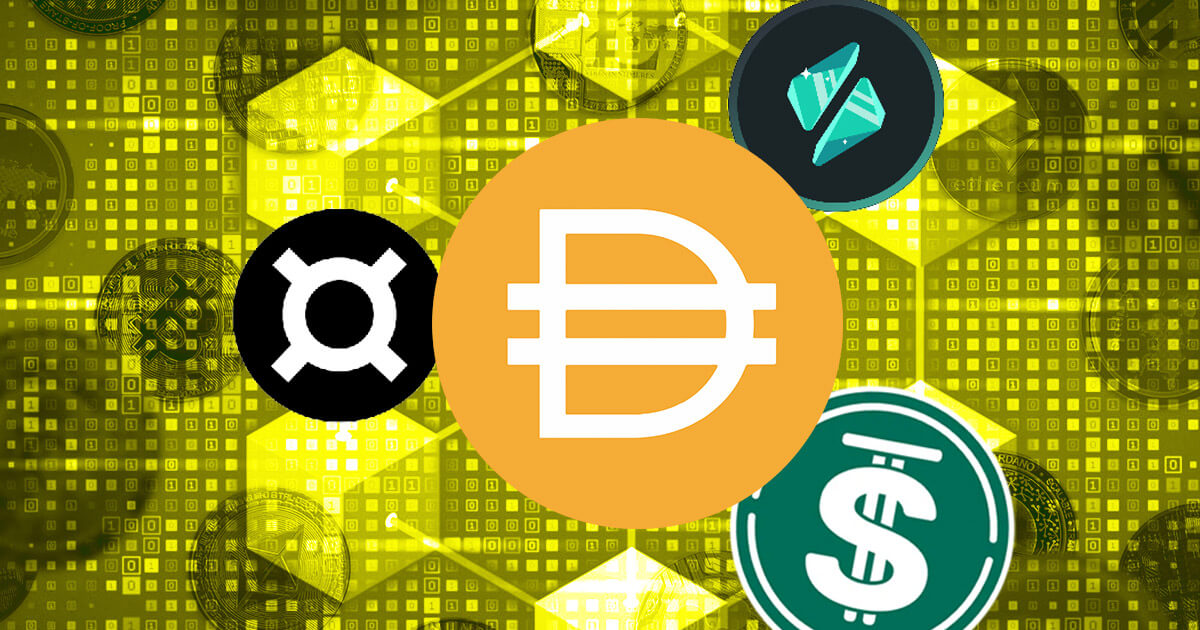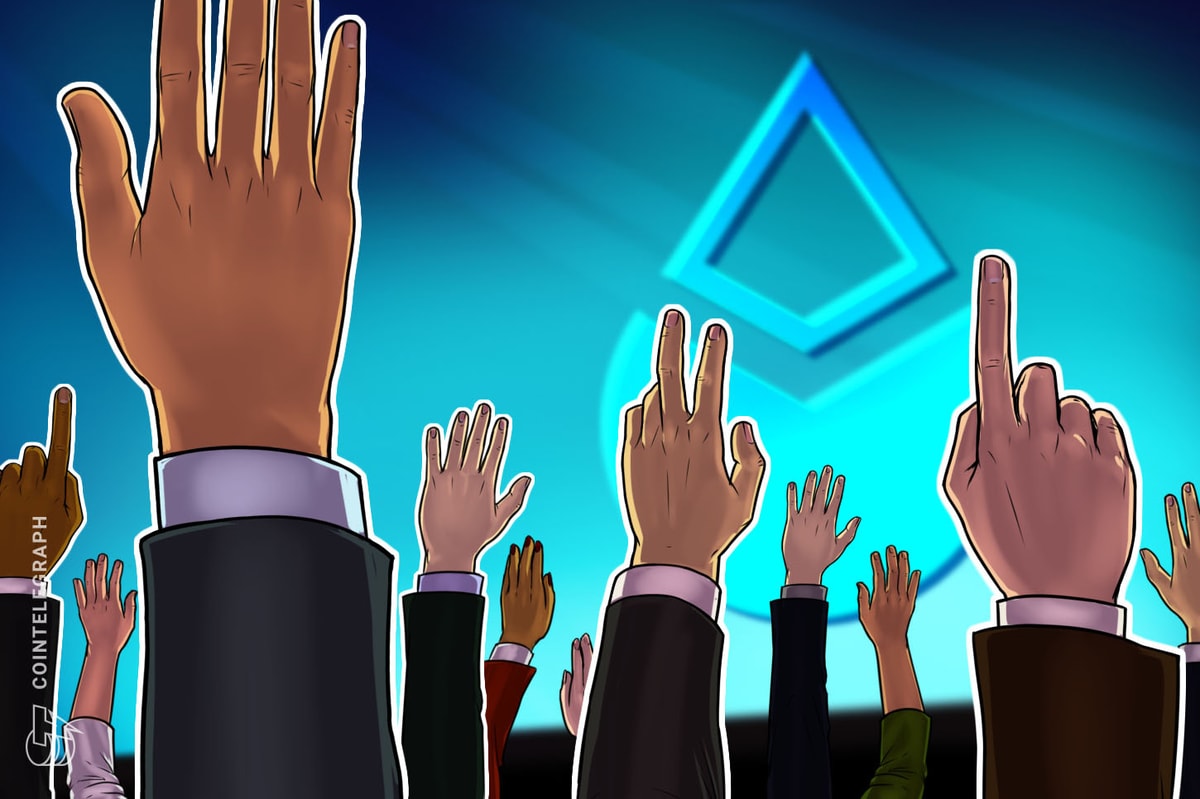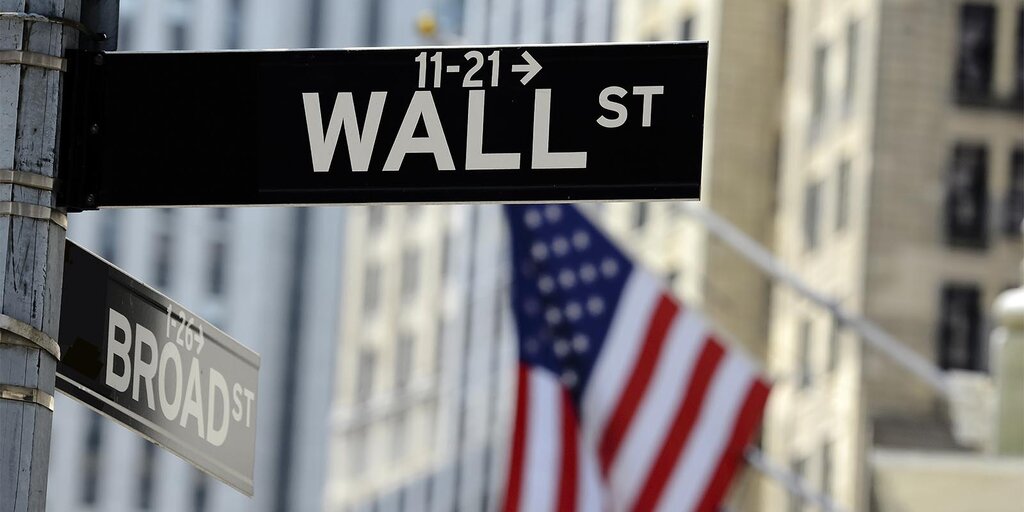A large amount of the attention Bitcoin gets from the media is due to the crypto asset’s wild price fluctuations and while it has tended to become a bit less volatile over time, the fact that the bitcoin price in U.S. dollar terms is roughly a quarter of what it was last year is too much for many potential users to handle.
Due to these price volatility issues, stablecoins have seen tremendous growth over the past few years and now account for more than $130 billion of the total crypto market.
However, despite what the stablecoin promoters tell you, the reality is these alternative digital currencies are not very similar to bitcoin at all. The vast majority of the stablecoin market is made up of centralized tokens issued on top of blockchains like Ethereum, Tron, BNB Chain, and Solana, and they include backdoors that enable the issuers to do things like freeze funds and blacklist addresses. Additionally, they could be regulated out of existence with the strike of a pen.
Does saying the $USDC stablecoin enables “all the benefits of cryptocurrency” cross the line from marketing to just straight up lying? (via https://t.co/4Wtf6qrymP)
Thought the point of #Bitcoin was to make transactions you can’t make with regulated systems like banks or $USDC. pic.twitter.com/DkXRA4pf4B
— Kyle Torpey (@kyletorpey) April 1, 2019
Due to the limitations of traditional, centralized stablecoins, decentralized stablecoins have been viewed as a sort of Holy Grail of crypto for quite some time. The idea is to combine the censorship resistance and permissionless nature of bitcoin with an asset that is much more stable.
Human Rights Foundation Chief Strategy Officer Alex Gladstein told CryptoSlate:
“I think censorship-resistant stablecoins are a very important short-term humanitarian goal,”
Gladstein added:
“I think that people in places like Cuba, Lebanon, Palestine, and Turkey really need digital dollars that cannot be frozen or confiscated. Especially for friends in places like Iran, Cuba, et cetera; the current model isn’t quite good enough . . . Tether, right now, is a very powerful humanitarian tool for tens of millions of people. It is doing what the U.S. government refuses to do, which is give dollar access to people in vulnerable regions. But the problem is; whether it’s Tether, Circle, or Binance; which constitute the overwhelming majority of stablecoin [issuance] in the world, they’re all completely centralized. They essentially exist at the pleasure of the U.S. government, to be honest. And they can be shut down at any time. Addresses are frozen. It can be confiscated. And obviously, what’s happening with DAI and their reserve—even though they claim to be decentralized, they have similar concerns.”
Sovryn contributor John Light also sees value in the pursuit of censorship-resistant stablecoins.
“Not everyone can afford to stomach the purchasing-power volatility of BTC.”
Light told CryptoSlate:
“Many businesses operate on thin margins that BTC value swings way outside of. People with low income often can’t afford to save, and rely on their cash to hold value until their next paycheck. In light of these facts, a censorship-resistant stablecoin would be a hugely valuable tool that could be used as an alternative to physical cash or bank accounts and a short or medium-term savings asset to complement using BTC as a long-term savings asset. Maybe one day BTC purchasing power will be stable enough to render stablecoins redundant. Until then, I think censorship-resistant, BTC-backed stablecoins have a legitimate place in the world.”
Of course, this concept of a censorship-resistant stablecoin has been tried many times in the crypto space over the past decade, and there hasn’t been a real success story up to this point due to the difficulties associated with creating a stable crypto asset in a way that does not reintroduce attack vectors via various forms of centralization. So, can this idea work, or is it another example of all hype and no substance in the crypto space?
The Failures of DAI and Other Decentralized Stablecoins
Up to this point, MakerDAO’s DAI has been the most successful crypto-collateralized stablecoin. The dollar-denominated value of the circulating DAI supply is now more than $6 billion, which is more than eight times its closest competitor in the category of stablecoins that are intended to be more decentralized than USDC or USDT.
Additionally, DAI is heavily integrated into Ethereum’s decentralized finance (DeFi) ecosystem. However, DAI has foregone its original promise of decentralization in order to reach its current level of adoption. Most notably, the majority of DAI is currently backed by USDC and other, similarly-centralized assets. In other words, DAI is inheriting the centralization found in USDC and other assets.
Outside of DAI, the most successful project in the history of decentralized stablecoins would have to be Terra’s UST, which crashed and burned earlier this year and led to cascading liquidations around the industry. In addition to having its own issues around centralization, the economics of the UST token simply did not work. UST was larger than DAI at one point, reaching a peak total valuation of nearly $19 billion in May. Today, the UST price, which was intended to be pegged at $1.00, is around $0.02. Unlike DAI, UST was intended to be an algorithmic stablecoin rather than one simply backed by crypto collateral.
Of course, there have been plenty of other decentralized stablecoin projects over the years. Just last year, billionaire Mark Cuban was widely-mocked for getting caught up in the Iron Finance algorithmic stablecoin project’s debacle, and the whitepaper for Bitshares, which spawned the BitUSD stablecoin, was released nearly a decade ago. Other notable projects in the space right now include FRAX, LUSD, RAI, and sUSD; however, activity around these stablecoins is not particularly high at the moment. Tron’s USDD stablecoin is a bit more widely used, but much like DAI, it has opted for centralized collateral.
How Should a Decentralized Stablecoin Work?
So, if the perfect decentralized stablecoin project does not exist today, then what should it look like?
“The contract model is interesting and, I think, is probably more robust when it comes to resisting state attack but ultimately does rely on liquidity, ideally between pseudonymous parties,”
Gladstein said:
“The dream would be for a bitcoin user in any country in the world to be able to receive bitcoin from you or me, ideally over Lightning, and then immediately peg a certain percentage of it to dollars.”
In terms of specific projects he finds interesting, Gladstein pointed to Fedimint, which is effectively an anonymous ecash server backed with bitcoin held by a federation in a multisig address. Not only can the federation issue dollar-pegged tokens against their bitcoin holdings, but this setup also comes with tremendous privacy improvements.
“This idea that you can like just take your bitcoin and then deposit it in a community bank and get anonymous ecash that could very easily be dollars—the federation can issue whatever they want (any kind of token)—but the idea that they could just issue these anonymous dollars that you can just use is a very, very powerful one,”
Gladstein said:
“So, stablecoins, they work well enough now, but I mean, there’s so many different risk areas that I think the Fedimint model honestly may make less tradeoffs at the end of the day. So, it’s kind of the one I’m most interested in at the moment. But, of course, I’m following all of the attempts to bring dollars into Bitcoin and Lightning because, again, it’s something that’s very, very important for the coming years.”
Over at Sovryn, Light is one of many contributors working on a model where a basket of bitcoin-collateralized stablecoins is combined to create the backing of another token. This larger concept is currently in development through a project called Mynt, and their proposed stablecoin is known as Sovryn Dollar (DLLR).
“By aggregating multiple BTC-backed stablecoins, DLLR benefits from the censorship-resistance of BTC and the diversity of stability and issuance mechanisms used by these different stablecoins,”
said Light.
“This design is intended to make DLLR more robust against BTC price volatility or peg failure, as well as more capable of scaling issuance to meet demand.”
The Limitations of Decentralized Stablecoins
A common critique of the argument that stronger restrictions on stablecoins would lead to serious issues for the DeFi space is that centralized stablecoins would be replaced by more decentralized options that are harder for lawmakers and regulators to control.
But as Brown Rudnick Partner Preston Byrne argued roughly five years ago, that may not be possible due to issues around obtaining sufficient liquidity and the requirement of over-collateralization (this explains why DAI is backing itself with USDC). The safety and security assumptions of decentralized or algorithmic stablecoins are also completely different from the likes of USDC and USDT.
In terms of the scalability of ZUSD, which is based on Liquity’s LUSD and one of the bitcoin-collateralized stablecoins in the basket that will back DLLR, Light pointed out that the stablecoin’s issues should not be as severe as DAI’s due to the use of lower over-collateralization requirements (ZUSD’s 110% vs. DAI’s 130%).
This means less crypto collateral is required to be locked up in a smart contract in order to create more of the stablecoin. Additionally, the goal is for ZUSD to be one part of Mynt’s DLLR stablecoin offering, which could further limit the same sort of scalability issues that have led to DAI’s embrace of centralization and limited its censorship resistance.
“The diversity of issuance mechanisms available using the different stablecoins supported by Mynt will help DLLR be more scalable than any one of the underlying stablecoins would be on its own,”
explained Light. That said, Light also indicated that ZUSD could still also eventually run into scaling issues of its own. Time will tell whether DLLR is able to offer progress in terms of decentralized stablecoins’ ability to scale. For now, there are clear limitations when it comes to the level of decentralization, censorship resistance, and scalability that can be achieved with a stablecoin as compared to bitcoin.
“All stablecoins need to introduce some third-party dependencies that BTC itself does not have,”
Light noted:
“BTC-backed stablecoins such as DOC, ZUSD, and DLLR are no exception. ZUSD relies on five different sets of third parties: Sovryn Bitocracy, Money On Chain Oracles, Powpeg PowHSM Federation, Powpeg Emergency Multisig, and bitcoin miners.”
Bitcoin IS the solution to ‘the oracle problem’ #Ethereum people forget their roots.
@udiWertheimer #RecklessVR #Vrchat. #bitcoin Meetup pic.twitter.com/1DND0cwGbt
— JuanGalt.com (@JuanSGalt) May 2, 2020
The oracle problem is one of the most persistent (and perhaps overlooked) issues with decentralized stablecoins, as there is not a completely trustless way to get real-world asset data onto the blockchain to be used in smart contracts. For this reason, bitcoin itself will always be a safer bet than stablecoins when it comes to censorship resistance.
As a reminder, Bitcoin’s use of proof-of-work mining was itself the solution to the oracle problem when it came to ordering transactions in a decentralized digital financial system. To be clear, this is still an area worth watching. But the long-term capabilities of these sorts of projects may be much more limited than originally thought.
Read More: cryptoslate.com










 Bitcoin
Bitcoin  Ethereum
Ethereum  Tether
Tether  XRP
XRP  Solana
Solana  USDC
USDC  Dogecoin
Dogecoin  Cardano
Cardano  TRON
TRON  Lido Staked Ether
Lido Staked Ether  Sui
Sui  Wrapped Bitcoin
Wrapped Bitcoin  Chainlink
Chainlink  Avalanche
Avalanche  Wrapped stETH
Wrapped stETH  Shiba Inu
Shiba Inu  Stellar
Stellar  Pi Network
Pi Network  Hedera
Hedera  Toncoin
Toncoin  Hyperliquid
Hyperliquid  Bitcoin Cash
Bitcoin Cash  USDS
USDS  Polkadot
Polkadot  LEO Token
LEO Token  Litecoin
Litecoin  WETH
WETH  Monero
Monero  Pepe
Pepe  Wrapped eETH
Wrapped eETH  Bitget Token
Bitget Token  Binance Bridged USDT (BNB Smart Chain)
Binance Bridged USDT (BNB Smart Chain)  Coinbase Wrapped BTC
Coinbase Wrapped BTC  Ethena USDe
Ethena USDe  WhiteBIT Coin
WhiteBIT Coin  Uniswap
Uniswap  Bittensor
Bittensor  NEAR Protocol
NEAR Protocol  Aptos
Aptos  Dai
Dai  Aave
Aave  Ondo
Ondo  OKB
OKB  Internet Computer
Internet Computer  Ethereum Classic
Ethereum Classic  BlackRock USD Institutional Digital Liquidity Fund
BlackRock USD Institutional Digital Liquidity Fund  sUSDS
sUSDS  Cronos
Cronos